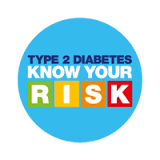Fibroids are non-cancerous (benign) tumors that grow from the muscle layers of the uterus (womb). They are also known as uterine fibroids, leiomyomas, or myomas.
Fibroids are growths of smooth muscle, and can vary from the size of a bean to as large as a melon.
Fibroids are non-cancerous (benign) tumors that grow from the muscle layers of the uterus (womb). They are also known as uterine fibroids, leiomyomas, or myomas.
Fibroids are growths of smooth muscle, and can vary from the size of a bean to as large as a melon.
Fast facts on fibroids
Here are some key points about fibroids. More detail and supporting information is in the main article.
- An estimated 1 in 5 women will be affected by fibroids during their life
- Researchers do not know exactly why fibroids form
- Most people experience no symptoms at all, but they can include backache,constipation, and anemia
What are fibroids?
Fibroids affect at least 20 percent of all women at some point in their life. Women of reproductive age are the most likely to develop them. Also, overweight and obese women have a significantly higher risk of developing fibroids, compared with women of normal weight.
Four types of fibroids

There are four types of fibroids, characterized by their location in the uterus:
- Intramural – located in the wall of the uterus, this is the most common type.
- Subserosal fibroids – located outside the wall of the uterus but underneath the tissue layer that surrounds the uterus. They can develop into pedunculated fibroids (stalks) and become quite large.
- Submucosal fibroids – located in the muscle beneath the lining of the uterus wall. This type can protrude into the cavity of the uterus.
- Cervical fibroids – located in the neck of the womb (the cervix).

Causes of fibroids
Experts cannot come to a common consensus about why fibroids occur.
During a woman’s reproductive years, estrogen and progesterone levels are high. When estrogen levels are high, especially during pregnancy, fibroids tend to swell. When estrogen levels are low, fibroids may shrink, for example, during a woman’s menopause.
Heredity may also be a factor; women whose close relatives have had fibroids have a higher risk of developing them.
There is also some evidence that red meats, alcohol, and caffeine could increase the risk of fibroids. Also, an increased intake of fruit and vegetables might reduce the risk.
Symptoms of uterine fibroids
Most women have no symptoms, but around 1 in 3 will experience symptoms, which may include:
- Anemia (as a result of heavy periods)
- Backache
- Constipation
- Discomfort in the lower abdomen (especially if fibroids are large)
- Frequent urination
- Heavy, painful periods
- Pain in the legs
- Painful sex
- Swelling in the lower abdomen (especially if fibroids are large)
Other possible symptoms of uterine fibroids include:
- Labor problems
- Pregnancy problems
- Fertility problems
- Repeated miscarriages
Diagnosis of fibroids
In most cases, the symptoms of fibroids are rarely felt, and the patient does not know she has them. They are usually discovered during a vaginal examination.
- Ultrasound – can detect fibroids and eliminate other possible conditions which may have similar symptoms. An ultrasound can be used over the abdomen or transvaginally (a small probe is inserted into the vagina). This may help visualize cervical and submucosal types better.
- MRI– this is the best type of imaging to determine the size of fibroids and if there are multiple fibroids in the uterus. However, MRI can be quite expensive.
- Hysteroscopy– a small telescope to examine the inside of the uterus. During this procedure, if necessary, a biopsy (small tissue sample) can be taken of the lining of the uterus.
- Laparoscopy – a laparoscope is a small flexible tube used to examine the outside of the uterus. During this procedure, if necessary, a biopsy can be taken from the outer layer of the uterus. This is a surgical procedure that would require cutting through the skin.

Treatments for fibroids
If the woman has no symptoms and the fibroids are not affecting her day-to-day life, she may receive no treatment at all. Even women who have heavy periods but whose lives are not badly affected by this symptom may also opt for no treatment.
During menopause, fibroids usually shrink, and symptoms will often become less apparent, or disappear altogether.
When treatment is necessary, it may be in the form of medication or surgery.
You can reach us for more information on treatment of fibroid.


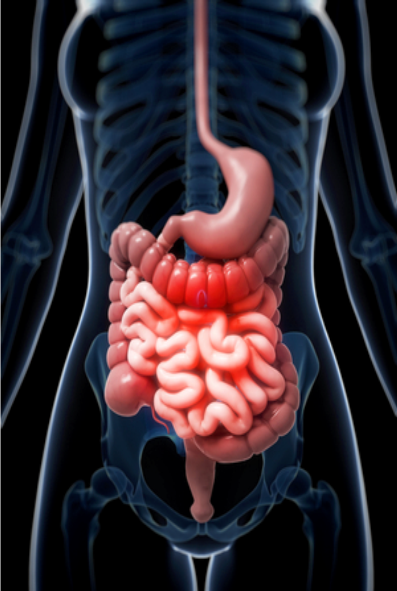
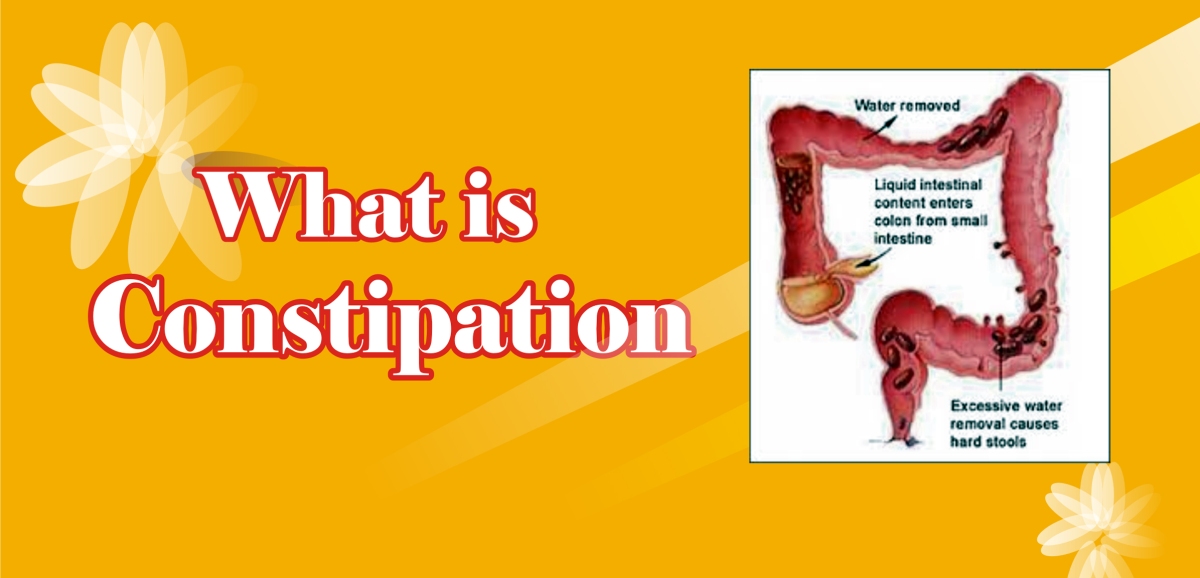

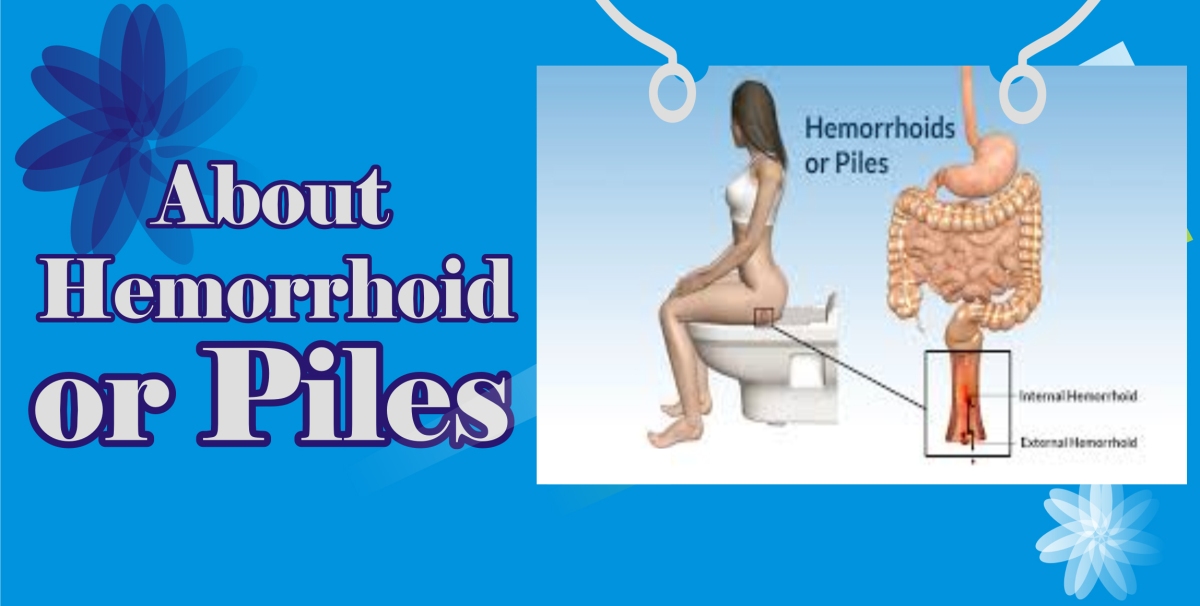
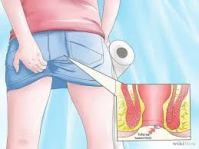 with cells that are the same as those that line the rest of the intestines. External hemorrhoids arise below the line and are covered with cells that resemble skin.
with cells that are the same as those that line the rest of the intestines. External hemorrhoids arise below the line and are covered with cells that resemble skin.


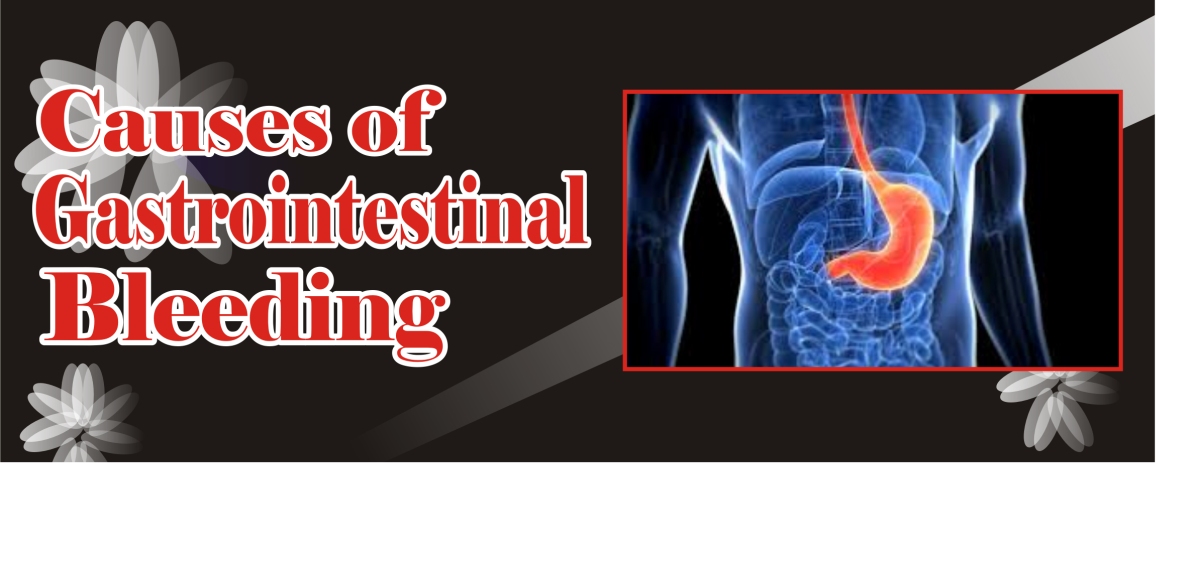


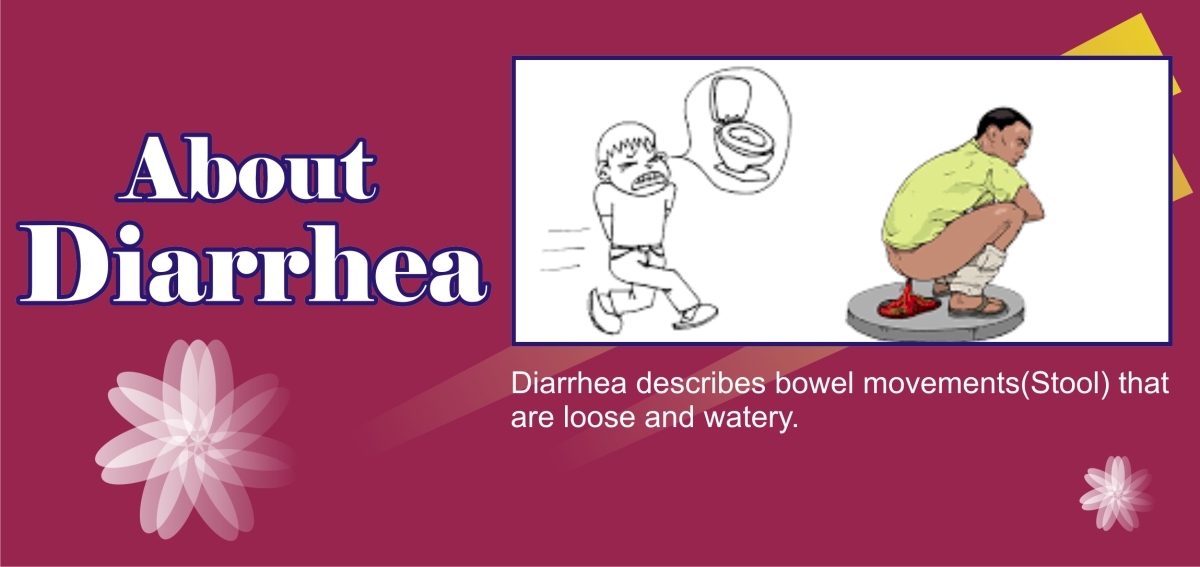
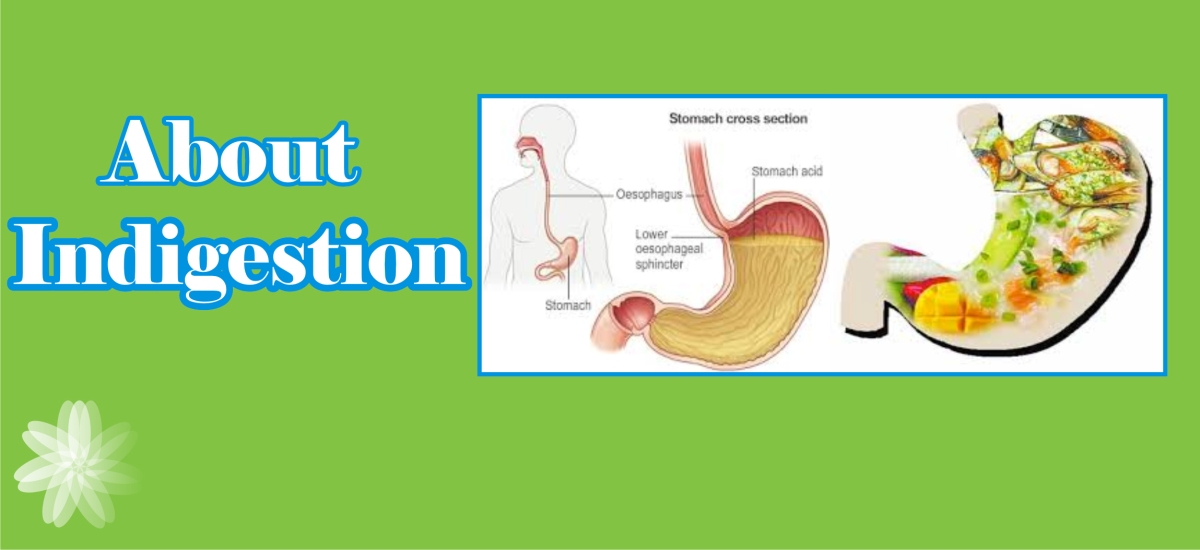


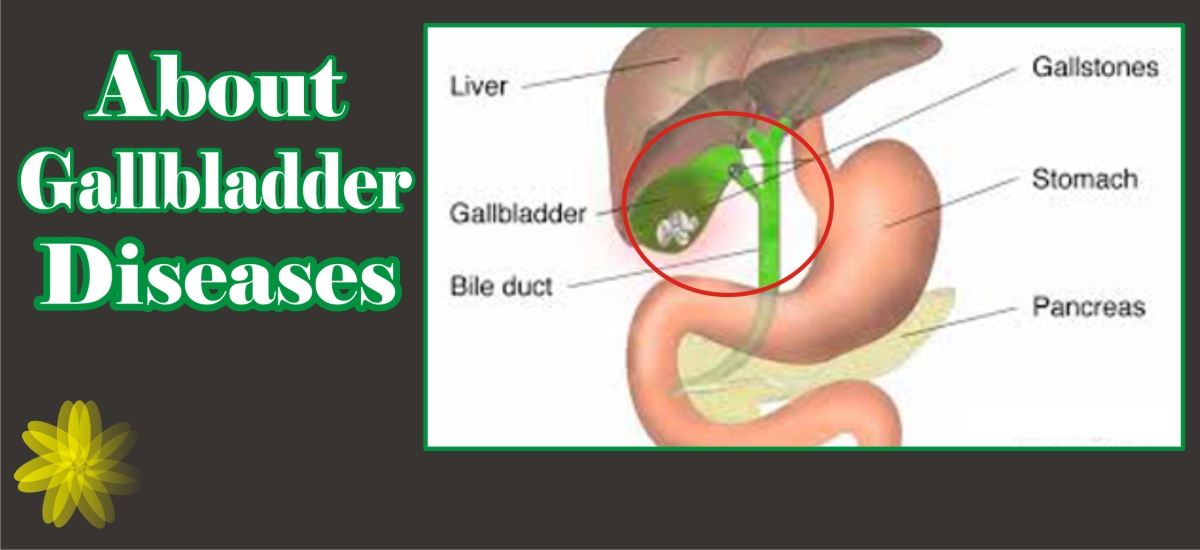
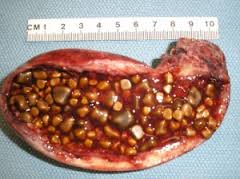
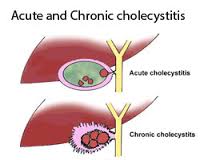

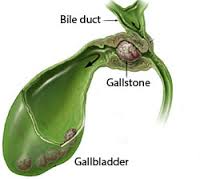 and lose its function of storing and releasing bile. Abdominal pain, nausea, and vomiting may follow.
and lose its function of storing and releasing bile. Abdominal pain, nausea, and vomiting may follow.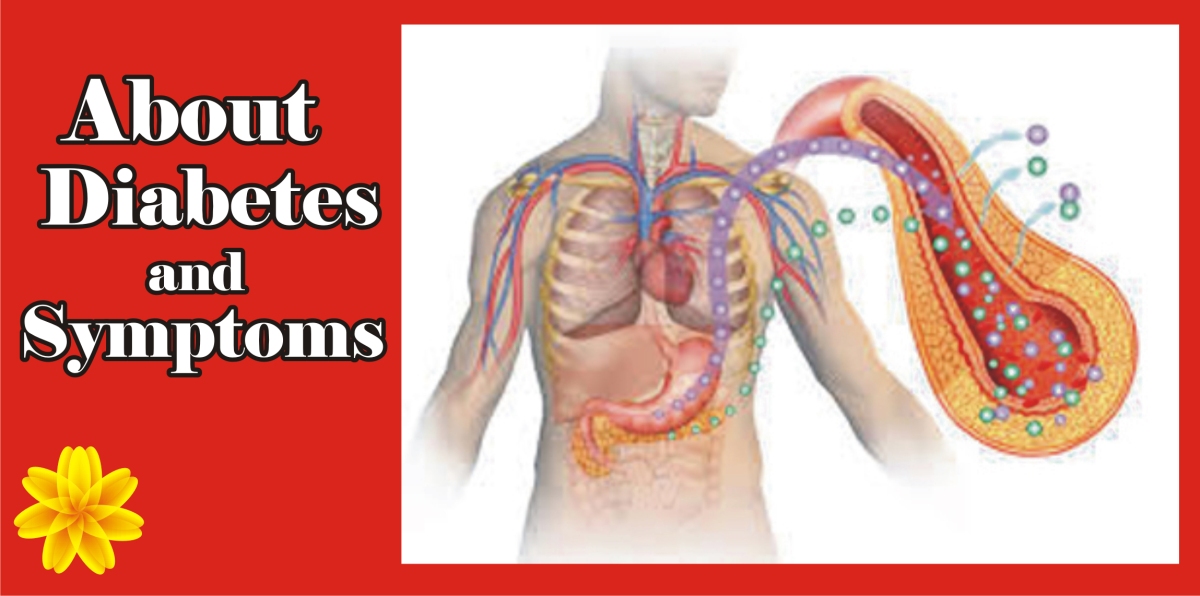
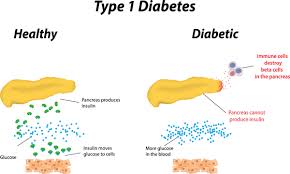 dependent diabetes, juvenile diabetes, orearly-onset diabetes. People usually develop type 1 diabetes before their 40th year, often in early adulthood or teenage years.
dependent diabetes, juvenile diabetes, orearly-onset diabetes. People usually develop type 1 diabetes before their 40th year, often in early adulthood or teenage years.